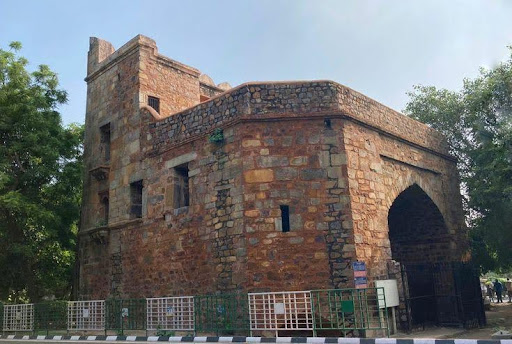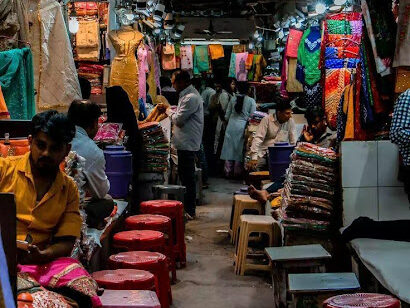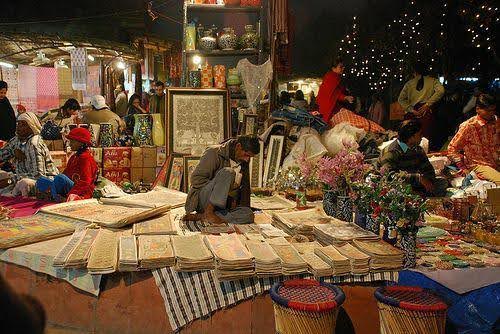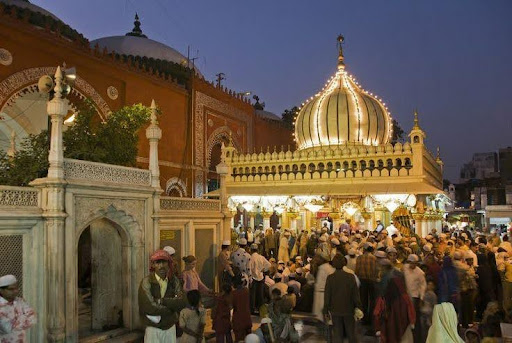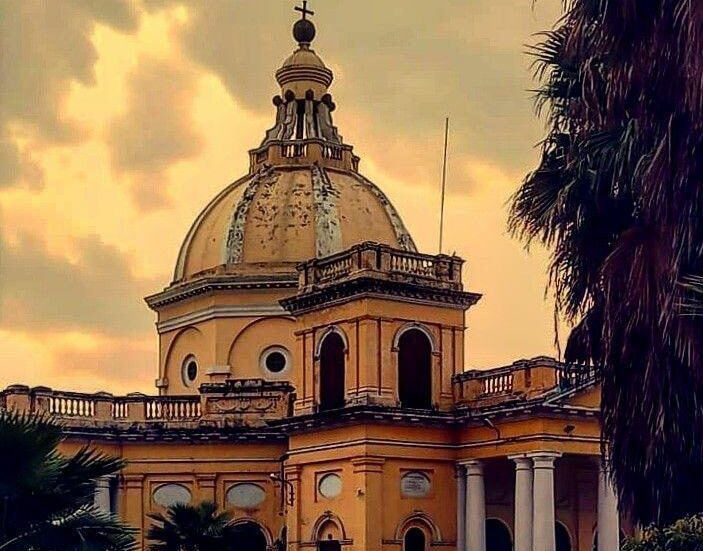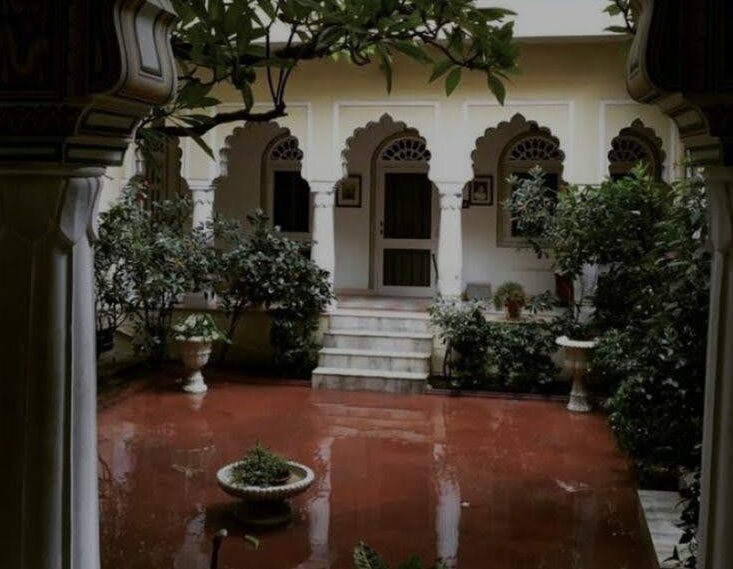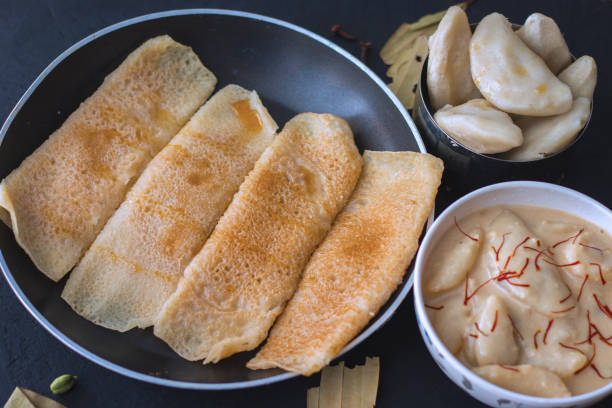#13 Haunted Places in Old Delhi (Old Delhi Series)
Beyond the chaotic bazaars and grand monuments, Old Delhi hides a parallel paranormal realm steeped in spooky tales. Exploring its reputed ghostly addresses reveals the city’s mysterious side. The Cursed Khooni Darwaza Near Lal Qila Metro Station stands the sinister Delhi Gate, infamously called Khooni Darwaza. Do you know it earned this chilling name after a bloody episode? You’ll be shocked to know Mughal Prince Aurangzeb executed his brother Dara Shikoh here in 1659, turning the gate blood-red. Locals believe on full moon nights, Dara Shikoh’s agonized screams echo while his headless ghost rides a white stallion. This site is cursed with restless spirits. The Tower of Ghosts Part of Sultan Ghari’s tomb complex is a haunted baoli or stepwell. Do you know locals call it bhooton ka kuan or ‘ghost well’? You’ll be amazed that there are tales of a phantom horseman seen riding into the baoli, who vanishes upon chasing. Not only that but some claim to have been slapped by an invisible presence near the baoli. Its reputation attracts thrill-seeking visitors. Nicholson Cemetery This British-era Christian cemetery at Kashmiri Gate is rumoured to be haunted. Do you know it houses the graves of British soldiers killed during the 1857 Mutiny? You’ll be shocked to learn locals report sightings of a ghostly horse carriage, eerie sounds and mysterious shadows flitting amongst the graves and mausoleums. No wonder the cemetery remains deserted post-sunset. Only the most daring visit this ghostly address after dark! Feroz Shah Kotla Ruins The ruined chambers of Feroz Shah Kotla are considered jinns’ abodes. Do you know locals leave bowls of milk and grains to appease them? You’ll be amazed that people visit on Thursdays burning incense sticks to beseech the jinns for favours. The djinns are believed to haunt the fortress ruins and ancient baoli. Strange presences, echoes and shadows are commonly reported by locals. There are spine-chilling supernatural tales associated with obscure corners all over Old Delhi for those who dare to discover them Old Delhi’s shadowy lanes and crumbling ruins hide many creepy secrets. Behind the noisy bazaars and crowded streets lurk chilling tales of ghosts, cursed spirits and haunted places. For the bold who wish to explore Old Delhi’s dark dimensions, a walk past midnight can offer strange unexplained sights and sounds. The dead of the past never truly leave the living present. In Old Delhi’s haunted history, the boundary between reality and imagination blurs into an eerie but captivating twilight world.
